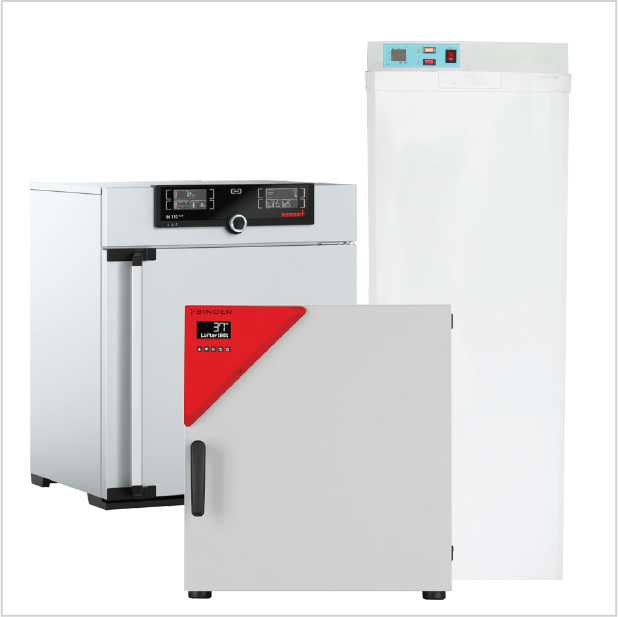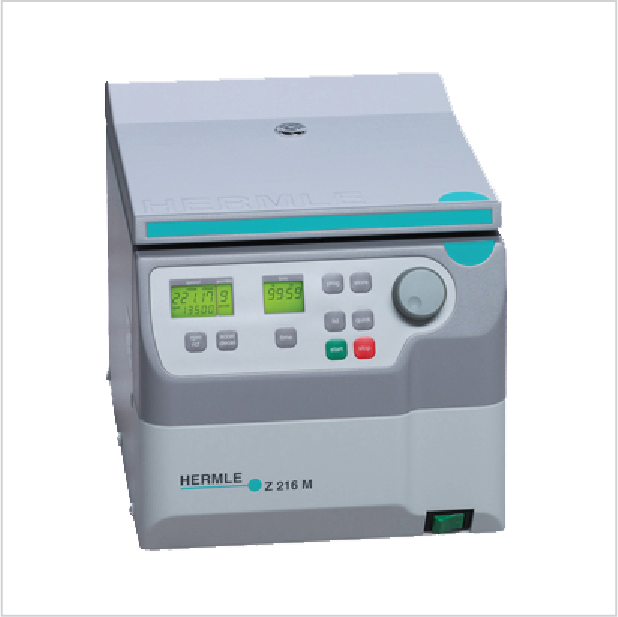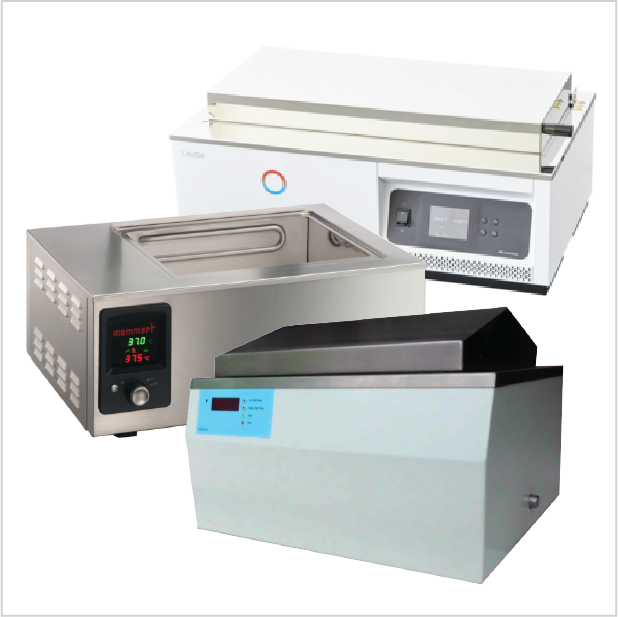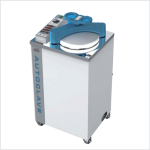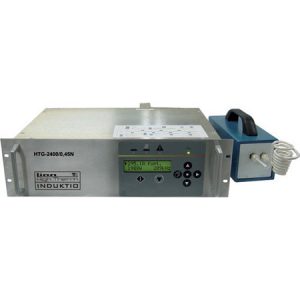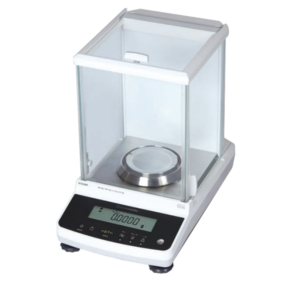Cell Culture

Cell culture refers to the removal of cells from an animal or plant and subsequent cultivation in an artificial environment for scientific research.
Today, it is a fundamental tool used in laboratories around the world for studying the normal physiology and biochemistry of cells, mechanisms underlying disease, including cancer, and effects of drugs and toxic compounds. It is also used in drug screening and development and large-scale manufacturing of biological compounds, such as vaccines and therapeutic proteins.1,2 There's also a growing role of cell culture in the food industry both for testing for contaminants and in cellular agriculture and cultured meat production to ease environmental burdens.
Basic equipment required for cell culture.
1.Laminar flow hood
It is crucial to keep the cell culture working environment ultra-clean and with no biological or particulate contamination. Therefore, a laminar flow hood is an essential piece of equipment when working with cell culture. The downward-flowing filtered air functions as an invisible curtain that reduces the chance of airborne contaminants from entering the workspace. If safety is required for the user then Class I, II or III biosafety cabinets should be considered.
2.Incubator
Cell culture require a strictly controlled environment in which to grow. Incubators enable the correct growth conditions by controlling the temperature, degree of humidity and CO₂ levels.
3.Inverted microscope
An inverted microscope is an essential tool for a cell culture laboratory. Visualization of cells is required to monitor cell morphology (cell shape, structure, form and size), count cells and identify contamination. 4 ×, 10 ×, 20 × and 40 × objective lenses are advised as well as phase contrast for better visualization.
4.Centrifuge
A centrifuge capable of generating a centrifugal force of least 200 × g (× gravity) is needed for pelleting suspended cells during various culture protocols.
5.Water Bath
A Water bath set to 37 °C is commonly found in cell culture laboratories for pre-warming medium before use and thawing frozen cells and reagents.
6.Fridge and freezer
Cell culture media and many reagents need to be stored at 2-8 °C, but most cell culture reagents need to be stored at -5 °C to -20 °C. Therefore, having a fridge and freezer in the cell culture lab is very important.
7.Liquid nitrogen storage
Cells are suitable for long-term storage at temperatures below -130 °C. Liquid nitrogen freezer tanks are large, insulated canisters that are filled with liquid nitrogen and achieve the very low temperatures required for long-term cell storage.
8.Hemocytometer
A hemocytometer is a counting-chamber device used to count cells. While there are numerous automated cell counting devices available, a hemocytometer exists in every experiment.
9.Pipettes
Pipettes are used to dispense measured volumes of liquid using single-use plastic pipettes tips. Cell culture involves a lot of pipetting and having a set of pipettes covering a volume range of 2 µL to 50 mL is critical.
10.Cell culture vessels
Culture-grade plasticware (treated for adherent cell attachment) is available in a variety of sizes and configurations, such as flasks, dishes and multi-well plates. Depending on the application, different vessels would be used. For example, cell stocks will be cultured in flasks and experiments performed in plates.
11.Consumables
Support consumables for cell culture include various tubes ang pipettes. While glassware can be used, sterile, single use plasticware removes the need for cleaning and sterilization procedures, is more cost effective and reduces the risk of contamination.
Additional equipment includes
- an aspirator pump in the laminar flow hood to remove media and reagents from cell culture vessels easily
- an autoclave to sterilize equipment and reusable glassware; syringes, needles and forceps
- timers
- several 70% ethanol spray bottles and paper towel rolls for sterilizing surfaces and equipment
- tape and permanent markers for labeling
- tube racks and waste bins.
The basic reagents needed for cell culture such as
- Complete medium
- Buffered solution
- Detaching agent
- Cryoprotective agent.
Reference:
Bleloch, J. (2021, May 5). Cell culture basics: equipment, fundamentals and protocols. Technology Networks. Retrieved from https://www.technologynetworks.com/cell-science/articles/cell-culture-basics-equipment-fundamentals-and-protocols-348413
- Categories
- Knowledge

